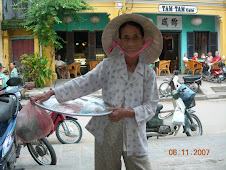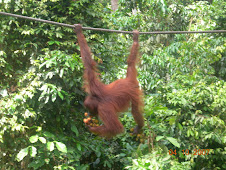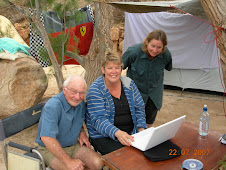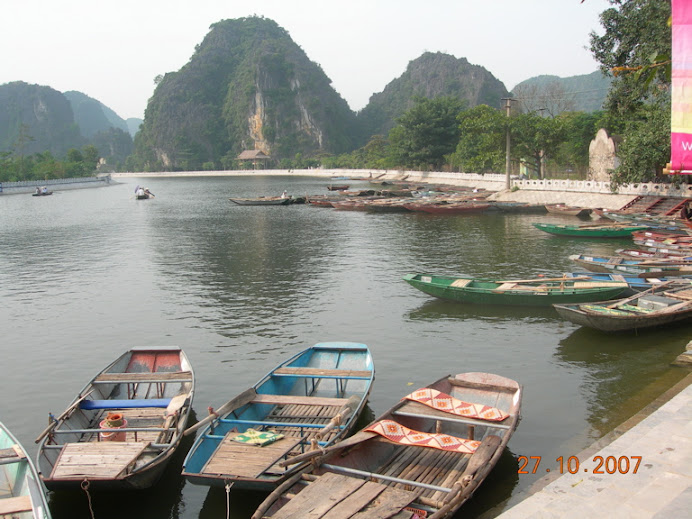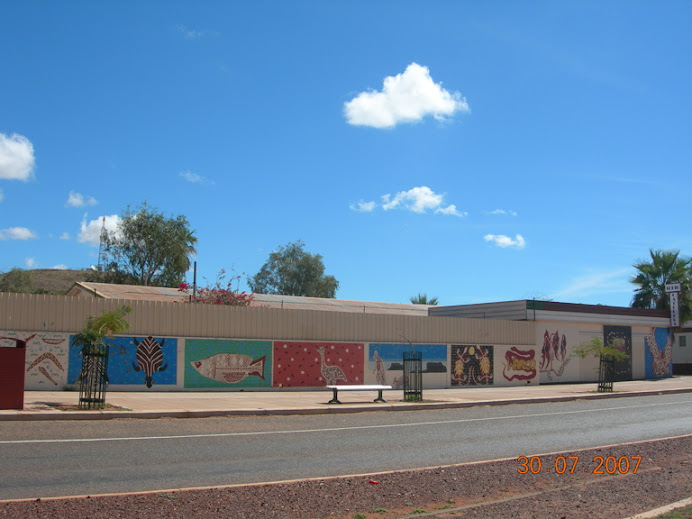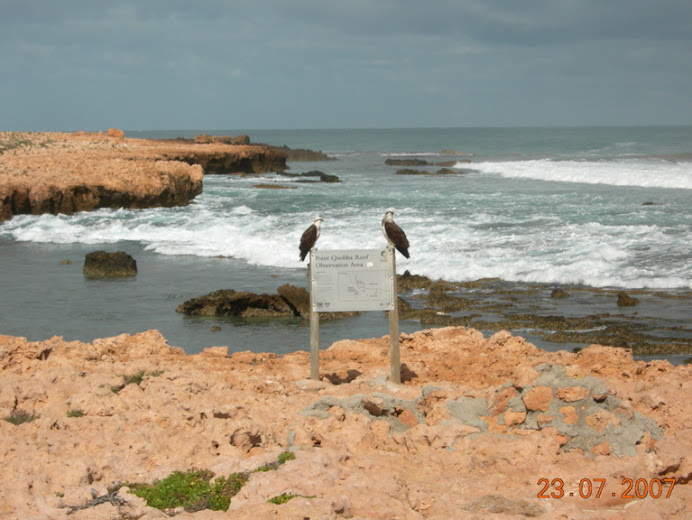It was a shame to leave HCMC without really delving into anything but the mini bar in the Executive Suite. There is so much recent history which comes under the banner of 'not another US horses ass of intervention' but thats it, the French having showered themselves in glory too in their own Indochina escapade and they all got their asses well and truly whipped. In another venture I have to say i'd back the Viet every time, both metaphorically and at CORALS (5-4 on) to whip all their asses.
So be it, we get off to the airport and on to Siem Reap in Cambodia and the Wats of Angkor and others. Its reputation precedes it and it may turn out ot be the first wonder of the world.
We have a recommendation from the ladies that shop for a spartan hotel with rudimentary facilities and but we are hardy young things and a plank of wood suffices for our supple bodies. Anyway the five star Soma Devi fitted the bill perfectly. Li picked us up from the airport, a really charming fellow who promise to be our guide for the 3 days that our pass to the Wats last. So we luxuriated in the pool for the afternoon and supped golden honey drinks from lotus petals whilst having our feet massaged by the pool....pah.
Li picked us up after our skin was soft enought to allow silk scarves to cascade and it was off toe Tonle Sap Lake on the outskirts of the town and the Lifeblood of Cambodia. It supplies most of the fish and lake side living for thousands of people although there iis the inevitable fish crisis and raw sewage pumping straight out of the stilted house and then being swept up by pails on strings straight into the cooking pot...these people must have immense constitutions!All the people live on the lakes edge and there is a variety of houses on show. Stilted mansions with sprawling decks and winding staircases. Smaller dwellings on a two room basis, very nice view though-but and finally the all purpose combo house/fishing boat with ancillary fast boat lashed to the side. The houses are moved each year as the size of the lake changes dramatically from rainy to dry season cf: http://en.wikipedia.org/wiki/Tonle_Sap
We were driven around the lake by our charming captain who modelled himself on various hardman movies and sat smouldering in his fatigues in the back. If somebody blindfolded you, span you around and dropedyouin a boat in the lake it would be an impossible escape! There are a thousand channels and backwaters with beautiful boats moored up with their associated menageries, fish factory farms in large mesh boxes and guard dogs looking quite at home on their platform. We stop at a depressing crocodile farm and cafe which has stopped processing the crocodiles as the price has plummeted so the crocs are 30 to a cage and looking miserable as...There are fish farms which they use to feed the crocs and the occasional tourist and a sullen fish feeding chick who gives you the look as you pass the fish pool where she is chocking in lumps of fish food into the snake head fish pit. There are children with snakes, souvenir outlets and photo ops but it is time to leave and dwell on sewage management in the third world. Feeling a little peckish so we stop at a snake vendor on the way back for some 'wolf nipple chips' and some snake kebab, very tasty and crisp with a chickeny edge to it with a little chilli to give it zest!!
Li was picking us up for the morning vigil to Angkor Wat and our first view of the great temples. The weather was a little cloudy and the throngs decended on the path across the moat to the entrance to Angkor. There was a buzz of anticipation even though the clouds muffled the glorious sunrise which arrived to athe snapping of a thousand cameras and chatter in a hundred languages. We then spent a couple of hours wandering around Angkor which is difficult to put into context unless you have experienced personally the shear scale fo the buildings. The entirety of the buildings are carved from a local sandstone and evey available space is adorned with iconic figures from Hindu scriptures. Brahma, Visnu and Shiva and a thousand variations from the tales are played out as the Temple was periodically Buddhist and many clones on the same theme. Along the immense galleries there are friezes of the many leaders who ruled in regal processions or battles against the Champa or Siam kingdoms. The Khmer kingdom was large in the 8-14 centuries, a million people lived in the Angkor Thom for the building of the temples and this large population was possible due to the rice cultivation sustained by incredible irrigation patterns which the whole area depended on. Well Wikipedia can do it much better and the history of the peoples is reflected in the incredible temples and traces of the sophisticated civilisations which lived here for centuries. There are also many other temples littered across Thailand, Vietnam and Loas all pertaining to this complex people. The Iconic temple is Ta Prohm, the temple entangled with the Jungle and great Banyan trees, roots delving into the very brickwork of the temples to produce an eery shroud, the very buildings seemingly being devoured by the forest. Plans are afoot to take the trees out and restore Ta Prohm like Angkor Wat so the famous 'root photos' may soon be history.
The whole area of Siem Reap is littered with old roads form its former glory times and it was fantastic to take a tuk tuk along these now paved roads to the temples following in the footsteps of the people who haved lived here for the past 1200 years...it really hasn't changed a great deal and the faces of the people also tell the story. There is a huge variety of colours, shapes and sizes all mixed together but they are very attractive people, gentle and anxious to chat in English, always with a smile.
The skills which made this area so great at one time have not been forgotten and workshops for carving, silk painting, laquering are all around Siem Reap. The ingenuity oozes form every street corner and workshop to the shops where the items are sold. The Angkor Artisans workshop where blind and mute people work in all the areas of carving, silk weaving and painting ot laquering is just fantastic with half finished items littering all the workshops and you get the impression of what it must have been like with a million people churning out temple parts to build Angkor Wat et al, staggering stuff.
We reluctantly leave the Cambodian people on the way to Luang Prabang and Laos thinking there can't be much more to indulge the senses....foolish words man!
Sunday, 4 November 2007
Subscribe to:
Posts (Atom)







